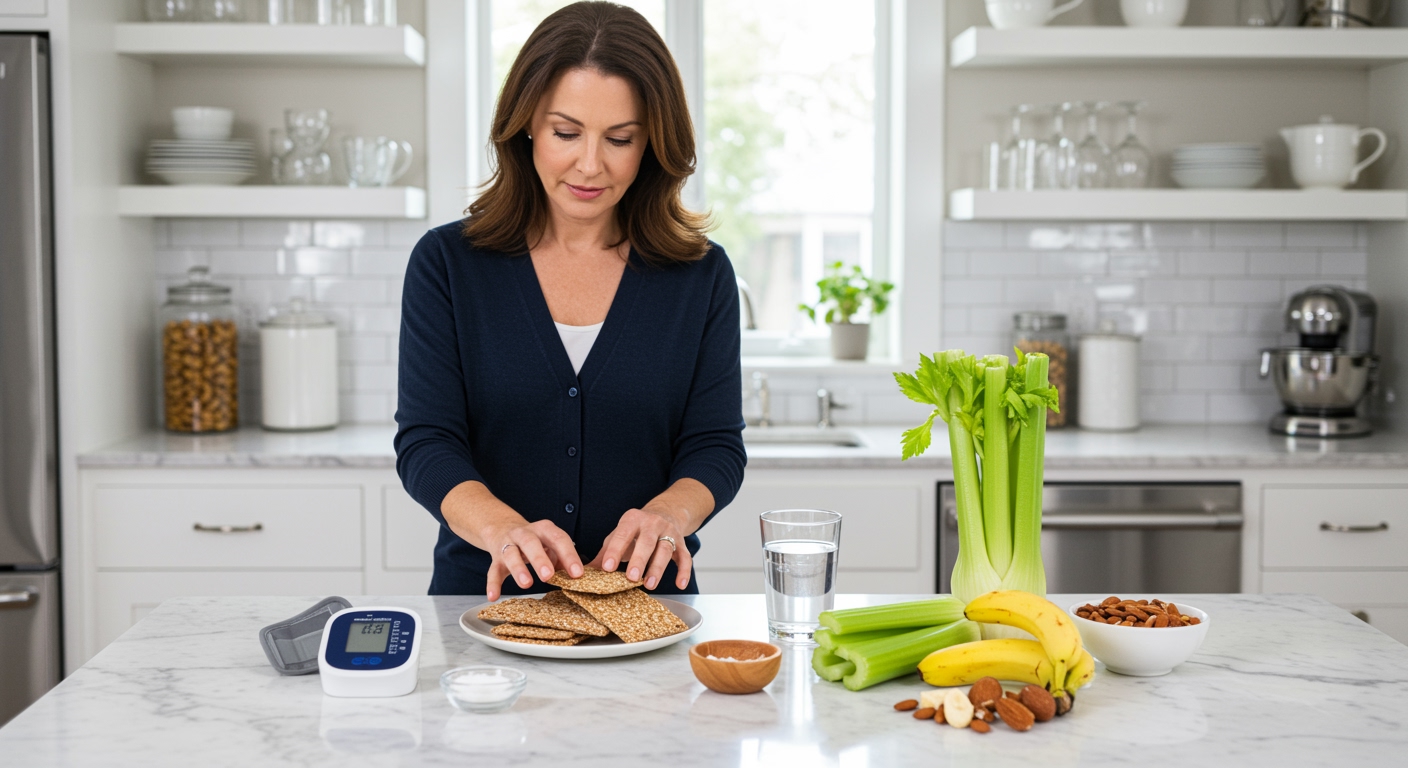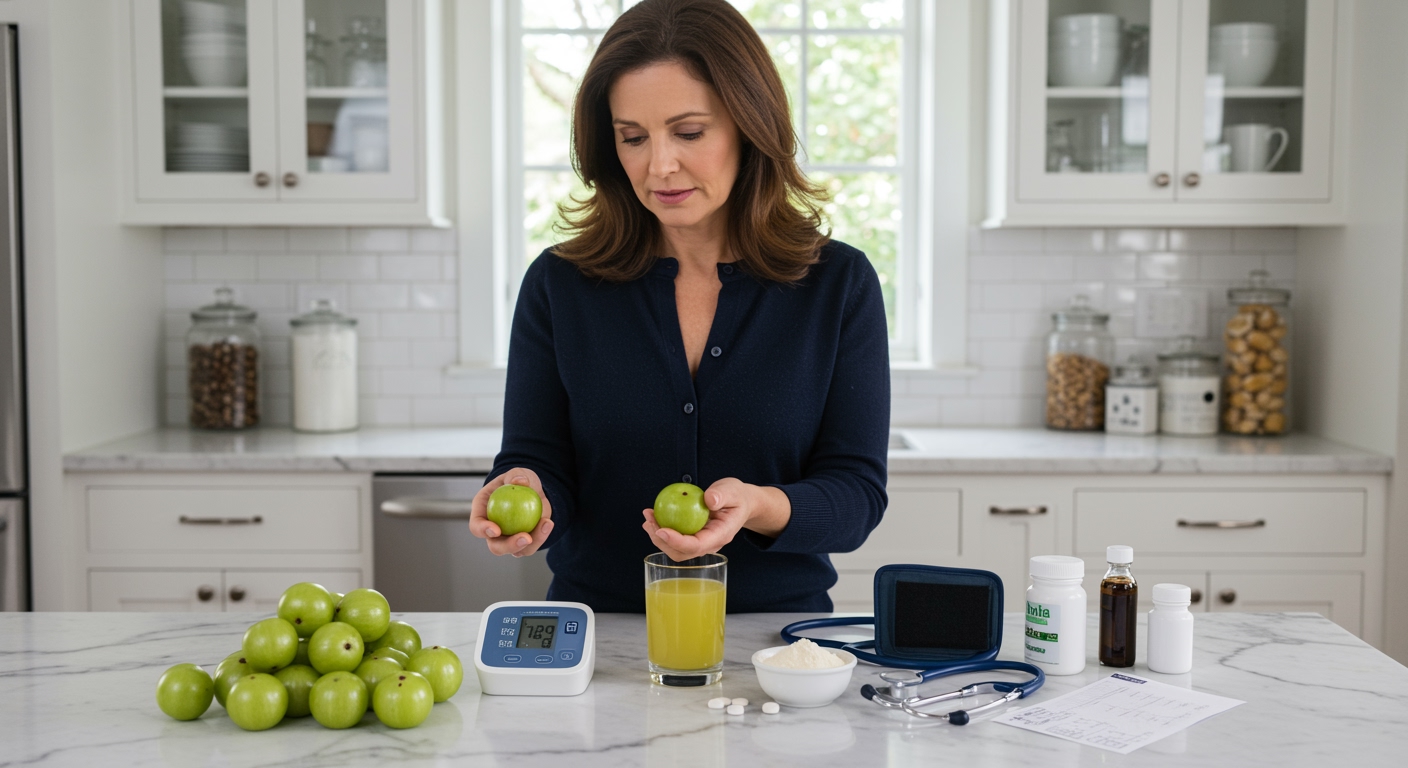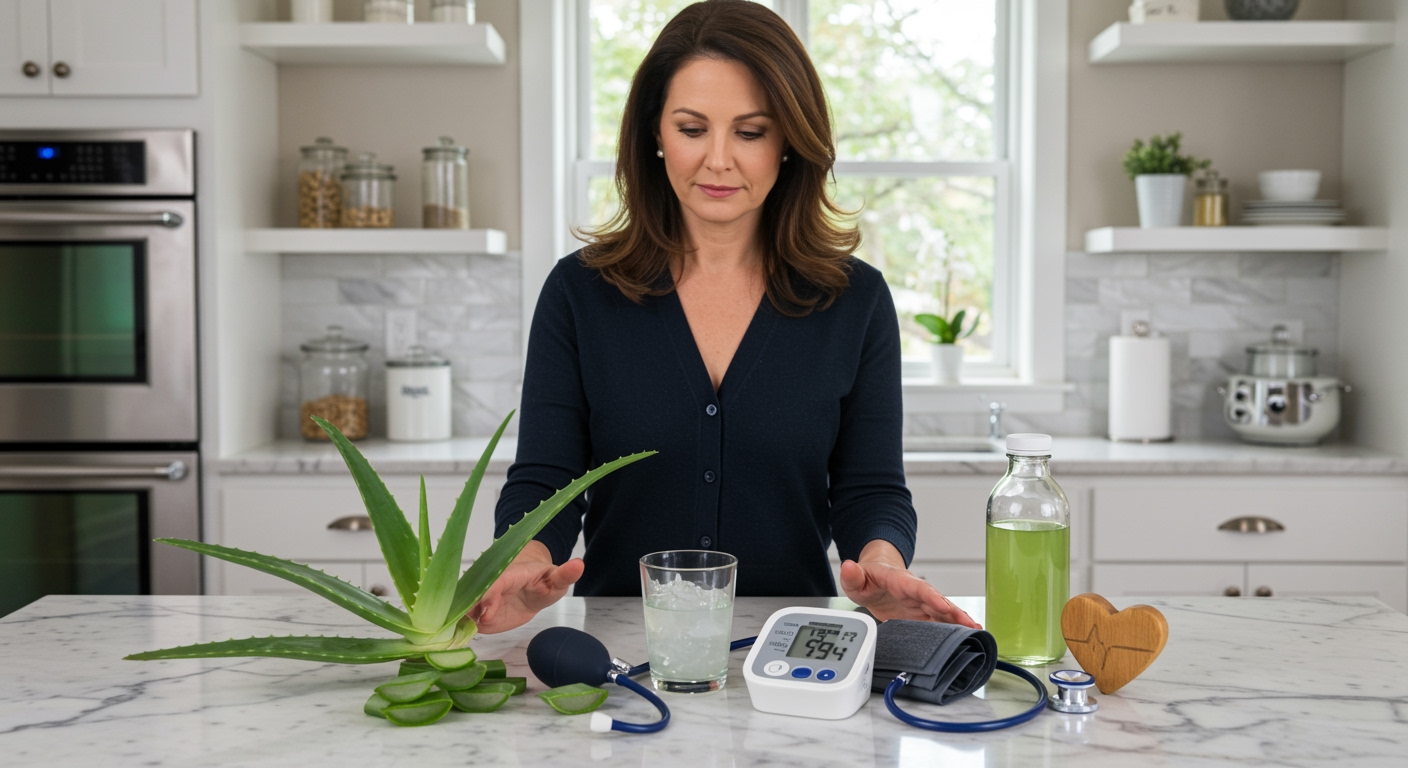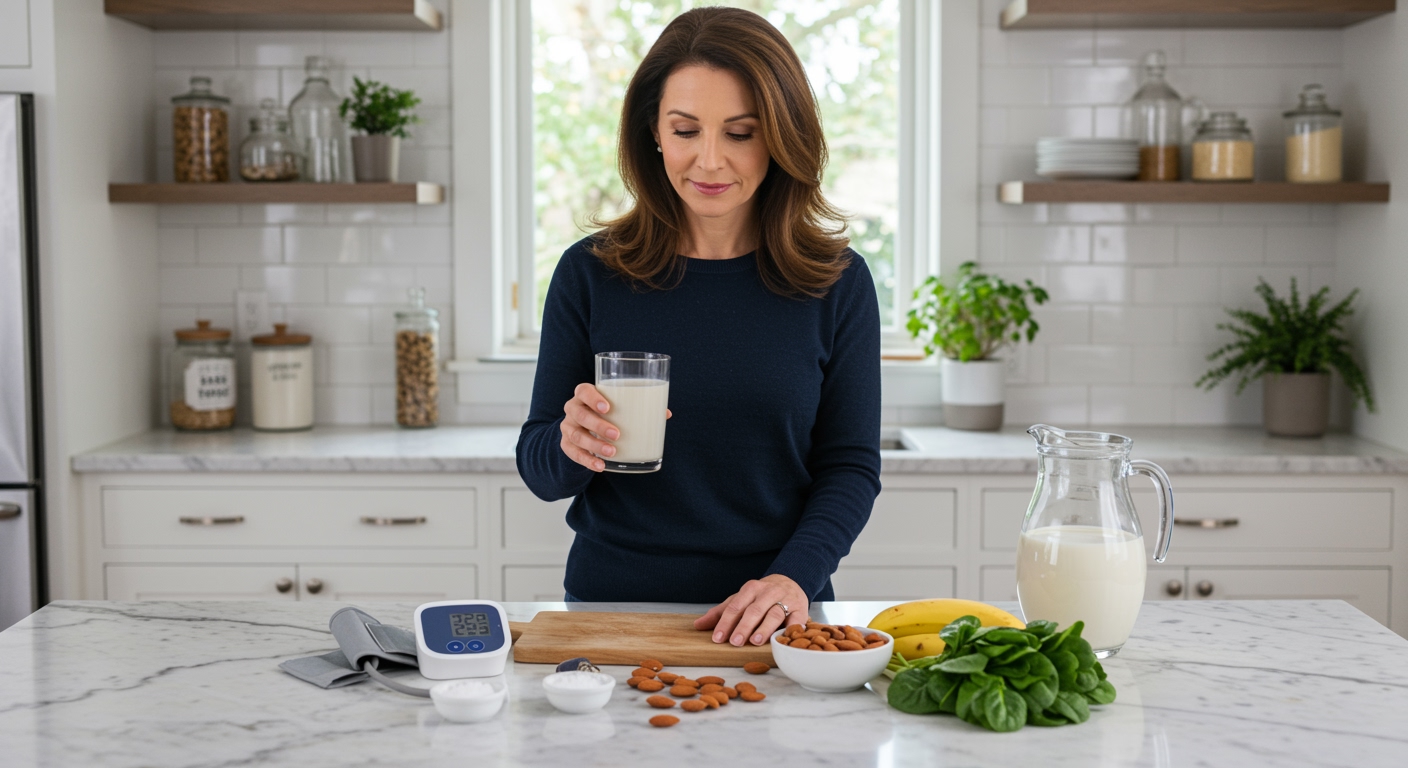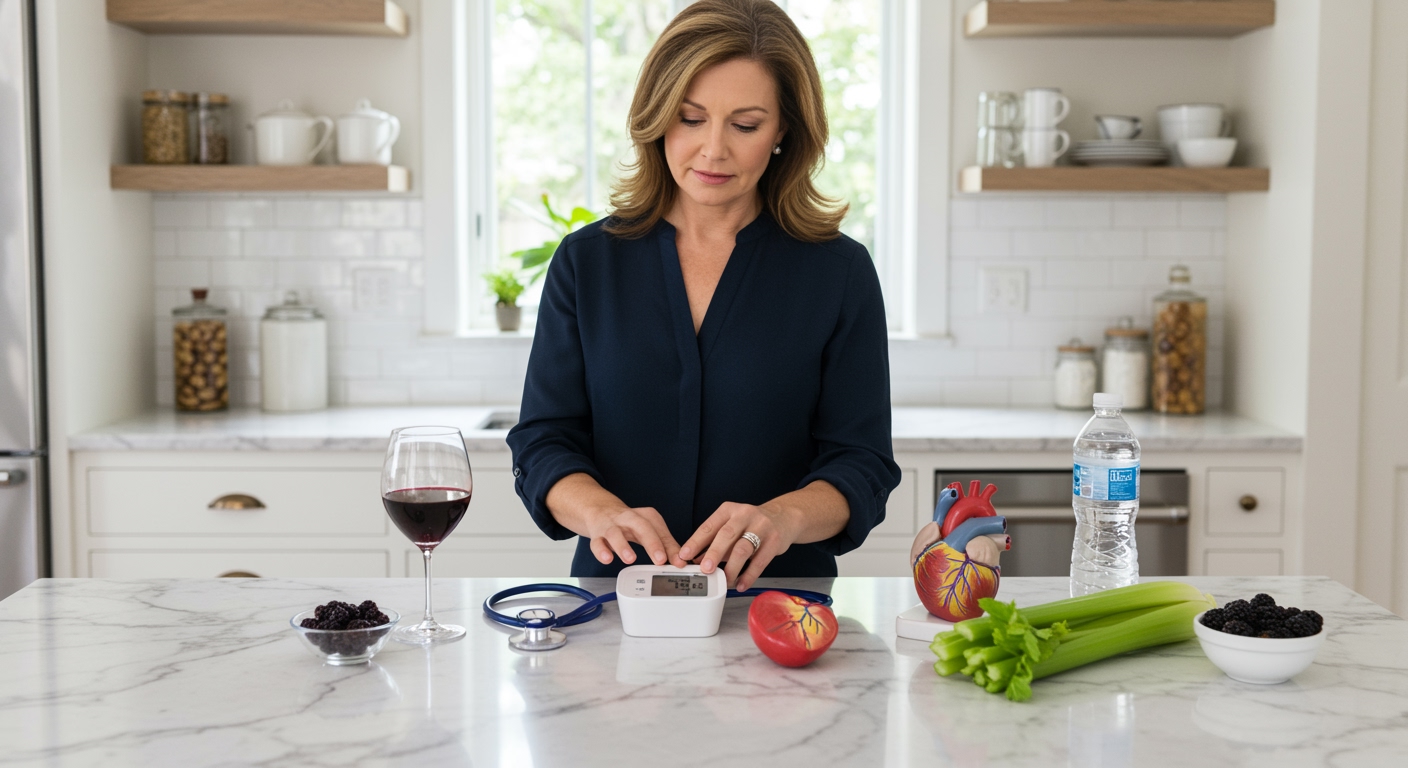✪ Key Takeaway: Crackers can help low blood pressure when they contain adequate sodium, but choose whole grain varieties with natural ingredients.
Introduction
Your doctor just told you that your blood pressure is too low, and now you are wondering what foods might actually help raise it safely.
You have heard conflicting advice about salt and sodium, leaving you confused about whether common snacks like crackers could be beneficial or harmful for your condition.
Hi, I am Abdur, your nutrition coach, and today I am going to explain exactly how crackers can affect your low blood pressure and which types offer the most benefits.
How Do Crackers Affect Blood Pressure Levels?
Crackers influence your blood pressure primarily through their sodium content and carbohydrate composition.
When you eat crackers, the sodium they contain helps your kidneys retain more water in your bloodstream.
This increased blood volume creates higher pressure against your arterial walls, which can help raise low blood pressure to healthier levels.
The refined carbohydrates in many crackers also cause a temporary spike in blood sugar, which triggers your body to release insulin.
This insulin response can cause your blood vessels to retain sodium more effectively, further supporting blood pressure elevation.
However, the processing methods and ingredient quality in different cracker types create vastly different health outcomes.
Some crackers provide beneficial nutrients along with sodium, while others offer empty calories that can harm your long-term cardiovascular health.
✪ Fact: One serving of salted crackers typically contains 150-300mg of sodium, which is about 10-20% of your daily needs.
Which Types of Crackers Work Best for Low Blood Pressure?
Whole grain crackers with added sea salt provide the most balanced approach to managing low blood pressure.
These crackers contain complex carbohydrates that release energy slowly, preventing dramatic blood sugar swings that can worsen hypotension symptoms.
The fiber content in whole grain varieties helps stabilize your digestive system and supports steady nutrient absorption.
Crackers made with ancient grains like quinoa, amaranth, or buckwheat offer additional minerals such as magnesium and potassium.
These minerals work alongside sodium to maintain proper electrolyte balance, which is crucial for healthy blood pressure regulation.
Avoid crackers with artificial preservatives, high fructose corn syrup, or hydrogenated oils, as these ingredients can create inflammation that interferes with proper circulation.
Look for crackers that list whole grains as the first ingredient and contain at least 2-3 grams of fiber per serving.
✪ Pro Tip: Choose crackers with 150-200mg sodium per serving to get benefits without overdoing salt intake.
What Should You Pair With Crackers for Maximum Benefits?
Pairing crackers with protein-rich foods creates a more sustained effect on your blood pressure levels.
Cheese, hummus, or nut butters provide healthy fats and proteins that slow down carbohydrate absorption from the crackers.
This slower absorption prevents rapid blood sugar changes that can cause your blood pressure to fluctuate unpredictably.
Natural sodium sources like olives, pickles, or small amounts of sea salt can enhance the blood pressure supporting effects.
Adding foods rich in potassium such as avocado or banana slices helps your body use sodium more efficiently.
The potassium works with sodium to maintain proper fluid balance in your cells, supporting steady blood pressure throughout the day.
Drinking water with your cracker snack ensures your body has adequate fluid to work with the increased sodium intake.
✪ Note: Always drink 8-12 ounces of water when eating salty snacks to support proper hydration and circulation.
When Should You Avoid Crackers for Low Blood Pressure?
Certain health conditions make crackers inappropriate for managing low blood pressure, regardless of the type you choose.
If you have kidney disease, your body cannot process excess sodium properly, making salty crackers potentially dangerous.
People with heart failure should avoid using crackers to raise blood pressure because the extra sodium can worsen fluid retention.
Diabetes complications can make blood pressure management more complex, requiring careful monitoring when adding any high-carbohydrate foods.
If your low blood pressure is caused by medication side effects, changing your diet without medical supervision can create dangerous interactions.
Crackers high in refined flour and artificial ingredients can worsen inflammation, potentially making circulation problems more severe.
Always consult your healthcare provider before using dietary changes to manage blood pressure, especially if you take prescription medications or have multiple health conditions.
✪ Pro Tip: Track your blood pressure readings for one week after adding crackers to identify any concerning patterns.
The Bottom Line
Crackers can be a helpful tool for managing low blood pressure when you choose whole grain varieties with moderate sodium content and pair them with nutritious foods.
The key to healthy eating is not avoiding foods but choosing the right versions at the right times for your specific health needs.
I would love to hear about your experience with using crackers or other foods to manage your blood pressure, so please share your questions or success stories in the comments below.
References
At NutritionCrown, we use quality and credible sources to ensure our content is accurate and trustworthy. Below are the sources referenced in creating this article:
- Avicenna Cardiology: Salty Snacks for Low Blood Pressure
- Hackensack Meridian Health: Can Salt Help Improve Low Blood Pressure
- American Heart Association: Low Blood Pressure When Blood Pressure is Too Low
- 100 Days of Real Food: Original 100 Days of Real Food Blog Series
